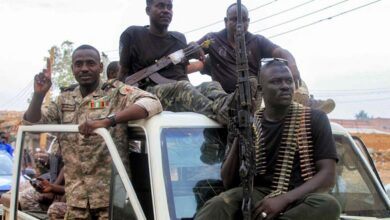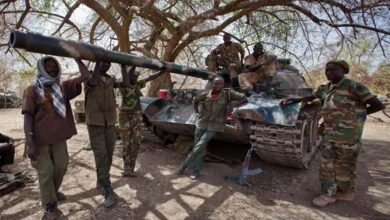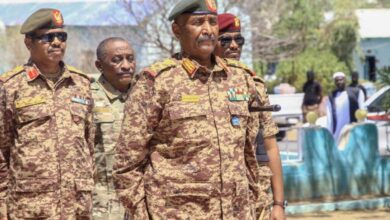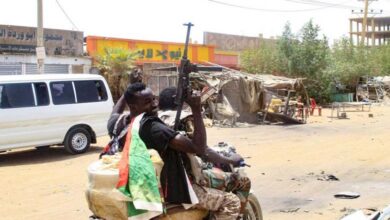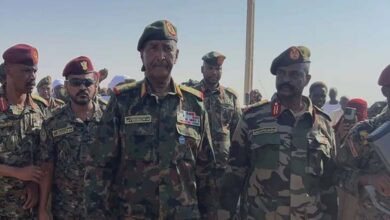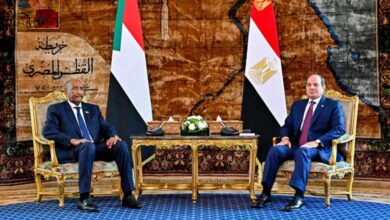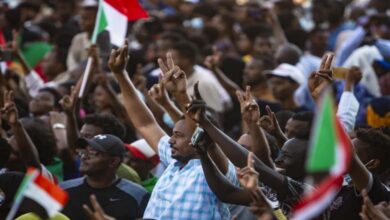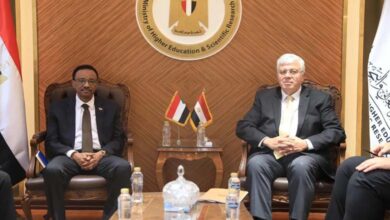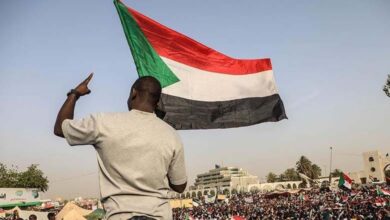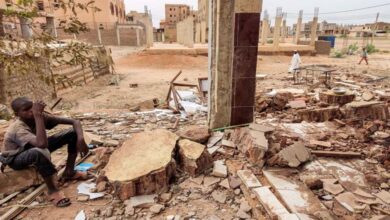What does Iran’s involvement in the armed conflict in Sudan mean?
Has al-Burhan become Iranian?
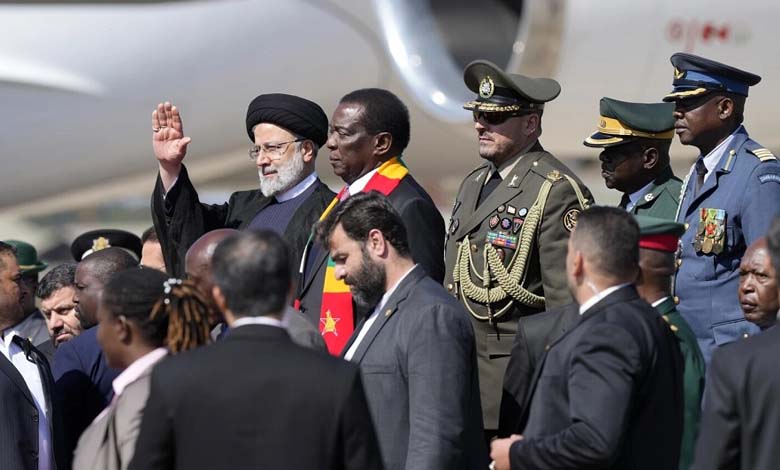
It seems that the ongoing armed conflict in Sudan for the past 9 months is on the verge of new developments that may prolong its duration and increase the suffering of Sudanese, especially amid reports confirming Iran’s provision of drones to the Sudanese army to confront the Rapid Support Forces.
Sudan had announced on October 9th last year the resumption of diplomatic relations with Iran, which had been severed by Khartoum in early 2016, in solidarity with Saudi Arabia, which was in conflict with Tehran at that time.
Iran provided military extensions to the Sudanese army and agreed on facilitations for the transfer of weapons to Hamas. Units of the Iranian Revolutionary Guard Corps were received for practical training as special forces, in addition to technical training on the use of drones and other types owned by the Sudanese army as part of a purchasing deal and orders worth over a billion dollars. Informed sources reported that a Sudanese plane carrying about fifty Sudanese officers and technicians landed in an airport of a certain country before heading directly to Iran, transferring Sudanese forces to a special unit for operational training.
According to the sources, the Sudanese army received batches of drones since last August, but the lack of technological training prevented the Sudanese army from effectively using them in altering the combat balance in its war against the Rapid Support Forces. This prompted the army to recruit mercenaries from Ukraine and Azerbaijan.
The deal included facilitations provided by the Sudanese army to the Iranian Revolutionary Guard Corps for the transfer of weapons and military equipment to Hamas. The source revealed that the deal has already been concluded with the arrival of vanguards from the Iranian Revolutionary Guard directly to Marawi Airport, along with shipments of weapons that have started to be transferred to Hamas.
Ramy Zahdi, a researcher in African affairs, sees the potential return to Iranian support as a significant qualitative development in the battle events, especially since drones, being a modern type of weaponry, are highly suitable for the technical and geographical nature of conflicts in Sudan. This might have been lacking for the Sudanese army, which is characterized by heavy armament and slow, systematic military movement, facing rapidly deployable, flexibly positioned forces, even in their name, “Rapid Support Forces,” indicating their tactical approach for these groups.
Zahdi asserts that as long as regional and international powers interfere in supporting the parties of the Sudanese conflict, whether directly or indirectly, this indicates a probable widening of the war circle in the field, the entry of new parties into the conflict, the multiplication of execution, monitoring, and interference entities in the war. This undoubtedly means a longer duration of the war without decisive solutions on the horizon.
No tangible impact
Osman Abdel Rahim, the spokesperson for the Tamazoj Movement, believes that “any country supporting the Sudanese army politically or providing it with any type of weapons is an evil axis serving the agenda of the defunct regime and is against any development for Sudan, especially since Sudan was on the brink of civilian democratic rule for some time.”
He told our agency, “Even if the Sudanese army is supplied with weapons from any country representing an evil axis, it will not affect the operational situation.”
He pointed out that “the army has lost the command and control feature, and many strategic areas are no longer under its control, and it is no longer able to make any progress in its favor.”


